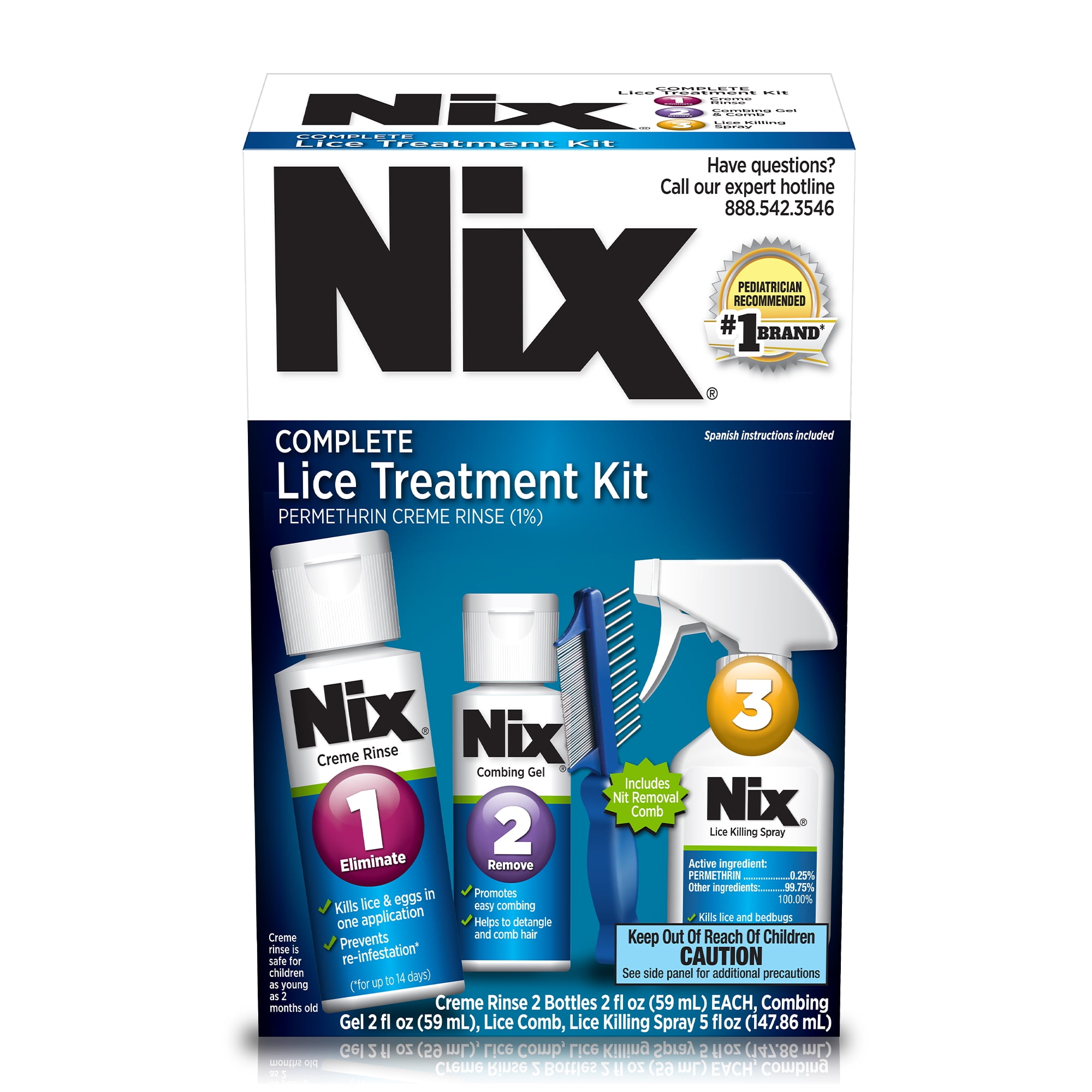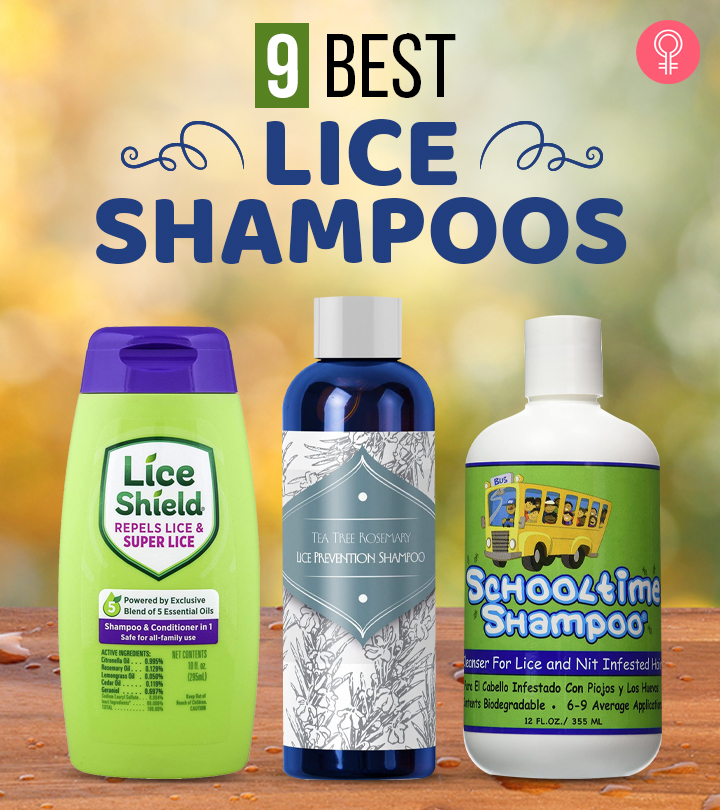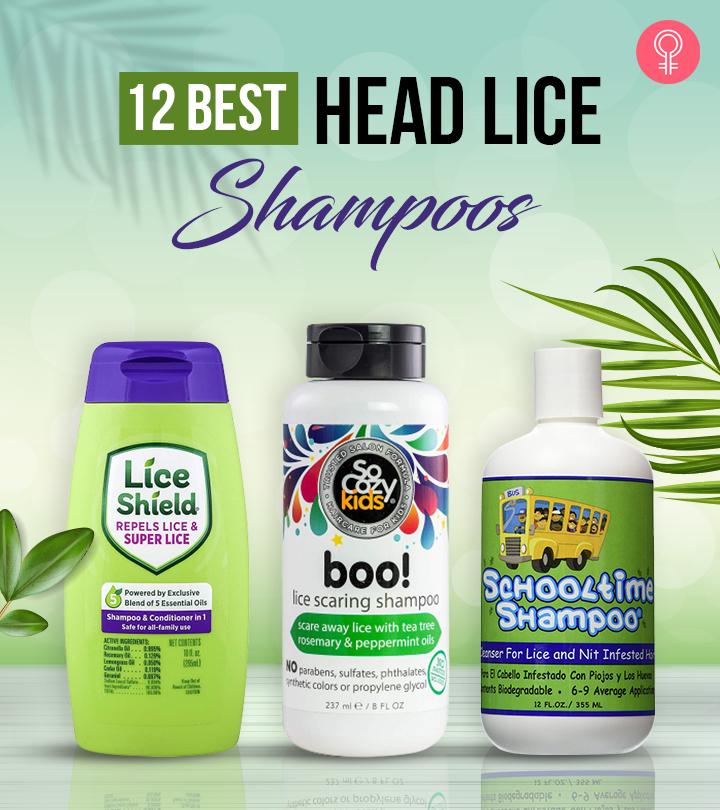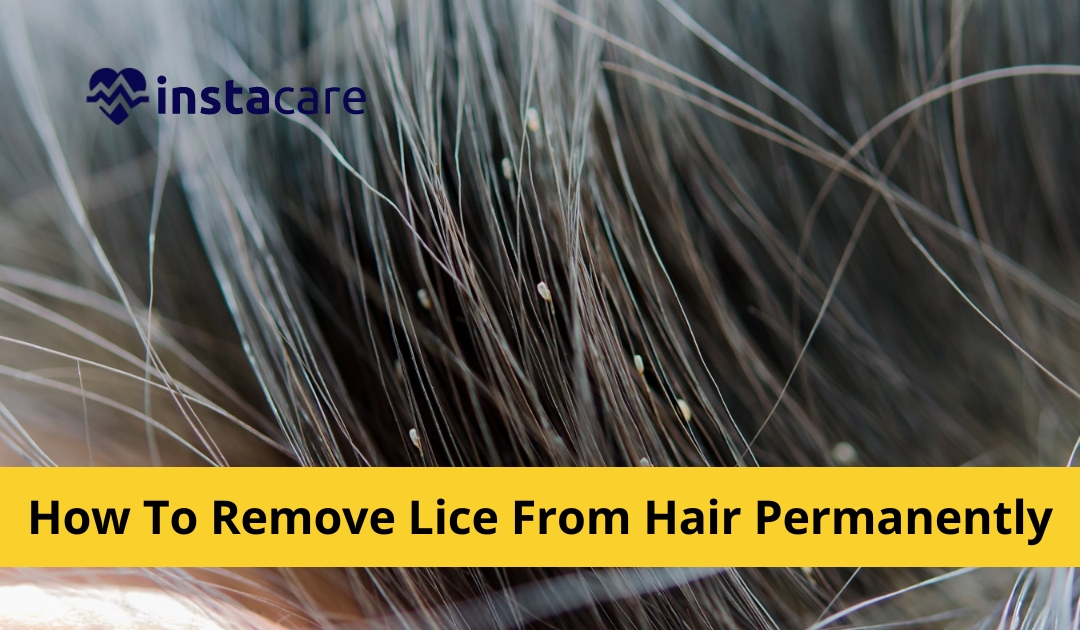Best Treatment for Lice in Hair: A Comprehensive Guide to Eradication

Head lice, scientifically known as Pediculus humanus capitis, are a common parasitic infestation affecting millions globally, particularly school-aged children. These tiny, wingless insects reside on the human scalp, feeding on small amounts of blood. While not a vector for disease, their presence causes intense itching, discomfort, and can lead to secondary skin infections from scratching. The psychological impact on individuals and families can also be significant, often accompanied by feelings of stigma and frustration. Effective management requires a clear understanding of the parasite’s life cycle and a strategic, multi-faceted approach to ensure complete eradication and prevent recurrence. Relying on a single method often proves insufficient due to factors such as pesticide resistance, incomplete removal of nits (eggs), and the potential for re-infestation. Therefore, a comprehensive strategy, integrating various proven methods, stands as the most reliable pathway to achieving a lice-free state.
Understanding the Life Cycle of Head Lice
Successful eradication hinges on targeting all stages of the louse life cycle:
- Nits: These are the eggs, typically oval, yellowish-white, and firmly glued to the hair shaft close to the scalp. They hatch in 7-10 days. Nits are notoriously difficult to remove and are often resistant to many chemical treatments.
- Nymphs: Once hatched, the immature lice are called nymphs. They are smaller than adult lice and mature into adults in about 7 days after three molts. Nymphs also feed on blood.
- Adult Lice: Fully grown lice are about the size of a sesame seed, have six legs, and are typically tan or grayish-white. They can live for up to 30 days on a human host, during which time females lay approximately 3-6 eggs per day. Adult lice cannot survive for more than 24-48 hours off the human head.
The overlapping nature of these stages means that any effective intervention must address not only the live lice but also the unhatched eggs and newly hatched nymphs to break the reproductive cycle.
Core Principles of Effective Lice Management
The most effective approach to managing head lice integrates physical removal with appropriate topical treatments, supported by diligent follow-up. This combination therapy is crucial for addressing the various life stages and overcoming challenges like pesticide resistance.
1. Meticulous Physical Removal (Wet Combing)
Physical removal, particularly through wet combing, is a cornerstone of any successful lice eradication strategy. This method is non-toxic, effective against all life stages, and crucial for removing nits that chemical treatments may miss.
- Process: Hair should be thoroughly wetted and saturated with a generous amount of regular hair conditioner. This immobilizes the lice, making them easier to detect and remove.
- Combing Technique: Using a fine-toothed lice comb (metal combs are generally more effective than plastic), systematically comb through small sections of hair, from the scalp to the ends. After each stroke, inspect the comb for lice and nits, wiping it clean on a paper towel or rinsing it under running water.
- Lighting: Perform combing in a well-lit area, preferably with natural light or a bright lamp, to ensure thoroughness.
- Frequency: This process should be repeated every 2-3 days for at least two weeks, or until no lice or nits have been found for several consecutive sessions. This frequency ensures that any newly hatched nymphs are removed before they can mature and lay new eggs.
2. Topical Treatments (Pediculicides and Non-Pesticide Options)
Topical treatments are designed to kill live lice and, in some cases, nits. They fall into two main categories: pesticide-based and non-pesticide options.
-
Pesticide-Based Treatments (Pediculicides):
- Pyrethrins and Permethrin: These are common over-the-counter (OTC) treatments. Pyrethrins are derived from chrysanthemum flowers and work by paralyzing and killing lice. Permethrin is a synthetic pyrethroid that also acts as a neurotoxin to lice. Both require a second application 7-10 days later to kill any newly hatched nymphs. However, resistance to these chemicals has become widespread in many regions, limiting their efficacy.
- Malathion: Available by prescription, malathion is an organophosphate that kills lice and some nits. It requires a longer application time and has a distinct odor. It is generally reserved for cases where OTC treatments have failed.
- Ivermectin (Topical): A prescription lotion that works by disrupting the nervous system of lice, leading to paralysis and death. It is effective with a single application and has ovicidal (egg-killing) properties.
- Spinosad: Another prescription topical suspension, spinosad is a naturally derived pediculicide that causes paralysis and death of lice and nits. It is also highly effective with a single application.
- Benzyl Alcohol: This prescription lotion works by suffocating lice. It is not ovicidal, so a second application 7-10 days later is necessary.
-
Non-Pesticide Treatments: These options are increasingly popular due to concerns about pesticide resistance and safety, particularly for young children or individuals with sensitive skin.
- Dimethicone: This silicone-based product works by physically coating and suffocating lice, nymphs, and often nits. It is not absorbed by the skin, making it a safer alternative. It typically requires two applications, 7-10 days apart. Its physical mode of action means lice cannot develop resistance.
- Mineral Oils, Petroleum Jelly, Olive Oil: These substances can also work by suffocating lice. They generally require long application times (e.g., overnight) and can be messy to remove. While effective for live lice, their ovicidal properties are less consistent.
3. Environmental Management
While head lice primarily live on the human scalp and cannot survive long off a host, some environmental measures can support eradication efforts.
- Launder Items: Wash and machine dry (on high heat) any bedding, clothing, hats, scarves, and towels that have been in contact with the infested individual in the 48 hours prior to treatment.
- Vacuuming: Vacuum floors and furniture, especially areas where the infested individual rested or played.
- Isolate Non-Washable Items: Items that cannot be washed can be sealed in a plastic bag for two weeks or placed in a dryer on high heat for 30 minutes. Lice will die without a blood meal within this timeframe.
- Avoid Fumigants: Insecticidal sprays for the home are unnecessary and can be harmful.
Factors Influencing Treatment Success
Achieving a lice-free status depends on several critical factors:
- Correct Diagnosis: Ensure the infestation is indeed head lice. Nits are often confused with dandruff, hairspray droplets, or scabs. Nits are firmly attached to the hair shaft, whereas other debris can be easily flicked off.
- Strict Adherence to Instructions: Follow the specific instructions for any chosen topical treatment precisely, including application time and re-treatment schedules. Skipping a re-treatment is a common reason for failure.
- Simultaneous Treatment of All Infested Individuals: All household members found to have lice should be treated at the same time to prevent cross-infestation and re-infestation. Regular checks of all family members are vital.
- Patience and Persistence: Lice eradication is rarely a one-time event. It requires diligence, especially with wet combing and follow-up checks, over several weeks.
- Addressing Resistance: If a particular pesticide-based treatment fails after proper application, it may indicate resistance. In such cases, switching to a different class of pediculicide or a non-pesticide option is advisable.
- Consultation with Healthcare Professionals: For persistent infestations, very young children, pregnant or breastfeeding individuals, or those with underlying skin conditions, consulting a doctor or pharmacist is crucial for personalized advice and prescription options.
Why a Comprehensive Approach is Superior
The rationale for advocating a comprehensive, multi-pronged approach is rooted in the biological realities of head lice and the challenges of eradication.
- Targeting All Life Stages: No single treatment method is 100% effective against both live lice and nits in all circumstances. Chemical treatments may kill live lice but often leave some nits viable. Physical removal through combing is excellent for nits but can be time-consuming for live, fast-moving adults. Combining these methods ensures that both the active infestation and future generations are addressed.
- Mitigating Resistance: Over-reliance on a single type of pesticide has led to widespread resistance. By incorporating physical removal and considering non-pesticide options or different classes of pediculicides, the likelihood of encountering resistant lice and failing treatment is significantly reduced.
- Enhanced Safety: For vulnerable populations, such as infants, young children, or individuals with certain medical conditions, non-pesticide options combined with thorough wet combing offer an effective and safer alternative to chemical treatments.
- Prevention of Recurrence: The diligent follow-up schedule inherent in a comprehensive plan, particularly the repeated wet combing and re-application of treatments, is critical for catching any newly hatched nymphs before they can reproduce, thereby breaking the cycle of re-infestation.
- Peace of Mind: A systematic and thorough approach provides greater assurance of complete eradication, reducing the stress and anxiety associated with persistent infestations.
In conclusion, achieving complete freedom from head lice is a realistic goal when approached with a well-informed, systematic strategy. The integration of meticulous physical removal, judicious selection and application of topical treatments, and diligent follow-up checks forms the bedrock of the most effective management plan. This comprehensive methodology, tailored to individual circumstances, is the key to overcoming the challenges of head lice and ensuring sustained relief.
FAQs by Best Treatment for Lice in Hair
- Q: What is the best treatment for lice in hair for young children?
- A: For young children, non-pesticide options like dimethicone or thorough wet-combing with a fine-toothed comb are often preferred due to their safety profiles. Consultation with a medical professional is advised before using other options.
- Q: How does one ensure the best treatment for lice in hair Short Hairstyles For Dry Frizzy Hair An In Depth Guide To Managing Unruly Texture prevents re-infestation?
- A: Preventing re-infestation involves the simultaneous treatment of all infested household members, diligent follow-up combing, and adherence to re-treatment schedules to eliminate any newly hatched nymphs before they can reproduce.
- Q: Is there a single best treatment for lice in hair that works for everyone?
- A: No, the effectiveness of treatments varies due to factors such as louse resistance to certain chemicals and individual sensitivities. A tailored, comprehensive approach combining methods is generally considered most effective.
- Q: What is the role of environmental cleaning in the best treatment for lice in hair?
- A: While secondary to treating the scalp, cleaning personal items (bedding, hats) and vacuuming surroundings can help prevent immediate re-infestation from stray lice, though lice cannot survive long off a human host.
Tips by Best Treatment for Lice in Hair
To maximize the efficacy of any lice eradication effort, consider these practical tips:
- Diligent Application: Ensure all What Hair Colour Am I topical products are applied precisely according to manufacturer instructions, covering all hair from scalp to tip.
- Thorough Combing: Invest in a high-quality, metal lice comb and commit to systematic wet-combing every 2-3 days for at least two weeks. This is critical for removing nits and resistant lice.
- Adhere to Re-treatment Schedules: Strictly follow recommended re-treatment timings for any chosen product to target newly hatched nymphs before they can lay new eggs.
- Family-Wide Check: Regularly inspect all household members, even if asymptomatic, to identify and treat any infestations promptly, preventing cross-infestation.
- Professional Consultation: Seek advice from a healthcare professional when unsure about product selection, application, or for persistent or recurrent infestations. These practices contribute significantly to achieving the desired outcome.
Conclusion by Best Treatment for Lice in Hair
Successful eradication of head lice is an achievable goal through a well-informed, multi-pronged strategy. The most effective approach integrates meticulous physical removal with appropriate topical treatments, supported by diligent follow-up and environmental considerations. This comprehensive methodology addresses the entire life cycle of the parasite, minimizes the risk of resistance, and ensures sustained relief from infestation. Commitment to these detailed steps is paramount for achieving a lice-free status, restoring comfort, and preventing recurrence within the household and community.







More suggestion: 50S Pin Up Hairstyles For Short Hair An Enduring Emblem Of Glamour And Femininity